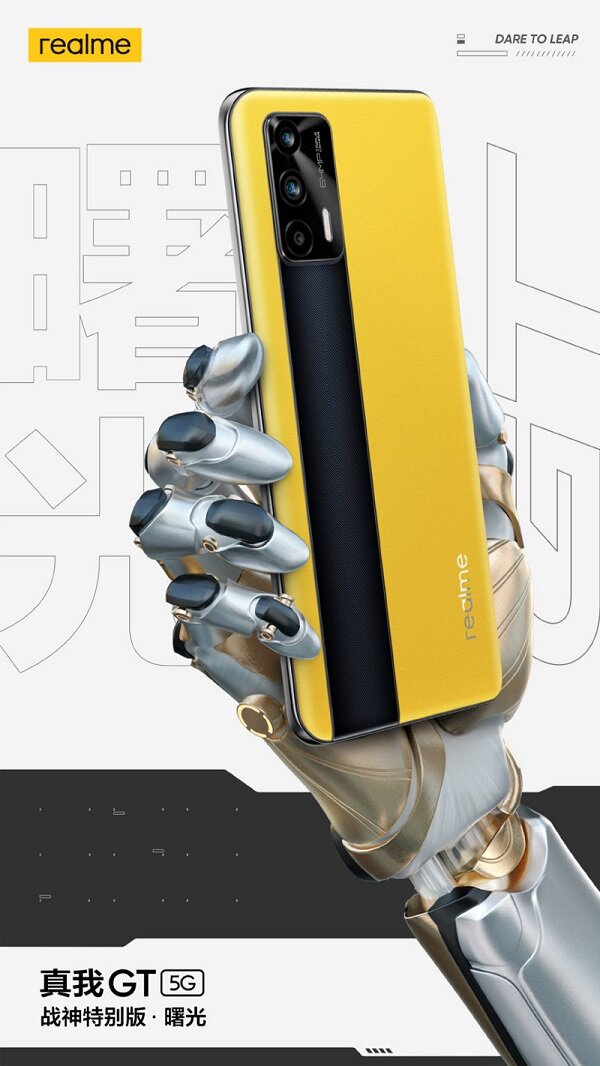The Poco X3 Pro Is The Wrong Phone For Me, And Probably You
/The Poco X3 Pro launched and the Poco X3 Pro is one of the more interesting phones from Xiaomi. The Poco X3 Pro is a frankenstein phone made up of parts from the Poco X3 and the old Xiaomi Redmi k20 pro mi 9t pro. The first reason I'm not interested in the Poco X3 Pro is the screen. The headline feature for the Poco X3 Pro's screen is the refresh rate. The Poco X3 Pro features a 120hz LCD display. But the Poco X3 Pro has the same display as the Poco X3 which tops out at 450 nits of brightness.
The second reason I['m not buying the Poco X3 Pro is the cameras. The cameras of the Poco X3 Pro are worse than the cameras on the regular Poco X3. Obviously a cost cutting move from Xiaomi to bring the price of the Poco X3 Pro down but still, I don't want to buy a brand new phone with a 2 year old camera. The Poco X3 Pro packs the same sony imx 582 sensor found on the Redmi k20 pro and a mediocre 8mp ultrawide camera. Although the Poco X3 Pro might be an adequate camera for you, I want my new phone to have no camera hardware.
The third reason I'm not interested in the Poco X3 Pro is the construction. The Poco X3 Pro features glass on the front and back but the Poco X3 uses a plastic chassis instead of metal. While this might not sound like a big deal to you upon closer inspection you might be surprised. Although we have seen huge advancements in smartphone durability with gorilla glass victus most of that comes from it being easier to bend and deform before shattering. The Poco X3 Pro doesn't have gorilla glass victus and combined with a plastic chassis the Poco X3 Pro isn't a device I would feel comfortable putting in my back pocket either.
The last and final reason the Poco X3 Pro isn't the phone for me is the SOC. The Poco X3 Pro utilizes the same Snapdragon 855 CPU in the Redmi K20 Pro. Now this isn't a bad thing but it's clear that at the pricepoint the Poco X3 Pro is sacrificing everything for the SOC. While I love a smooth smartphone experience in my opinion I want a better and more well rounded phone. In actuality the Poco X3 Pro sacrifices these things for the sheer computational horsepower afforded by the SOC and that means the Poco X3 Pro Isn't the device for me.










